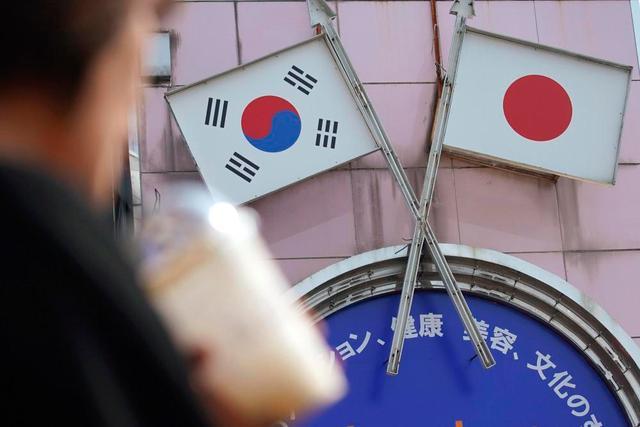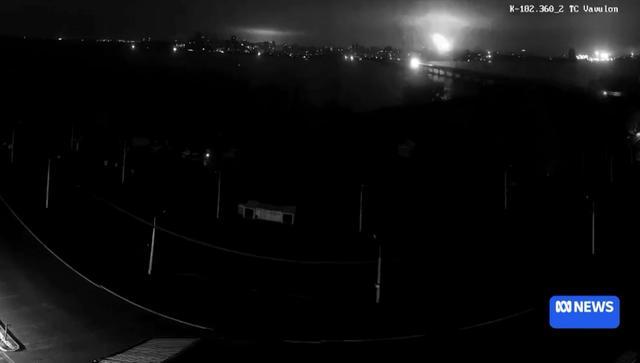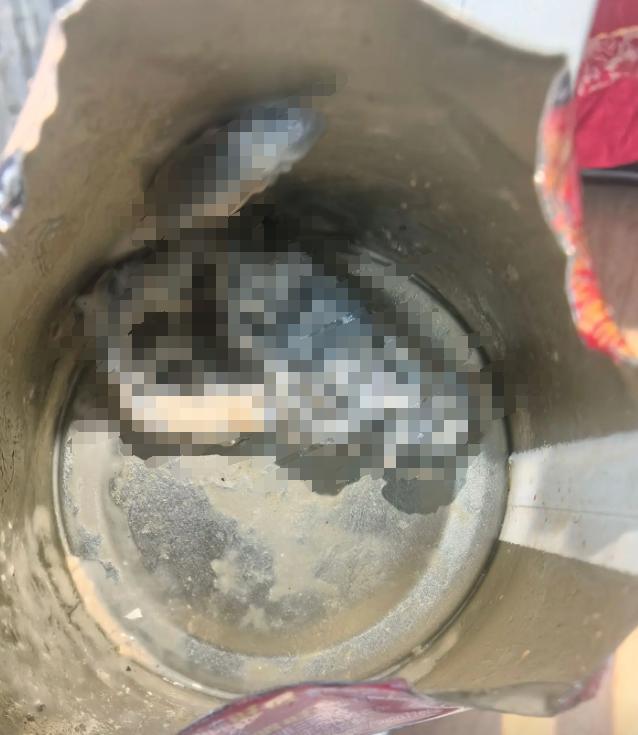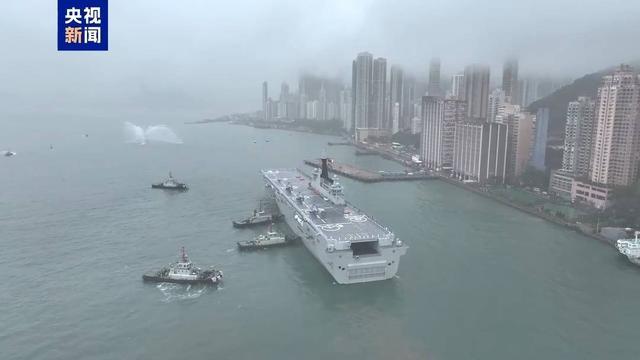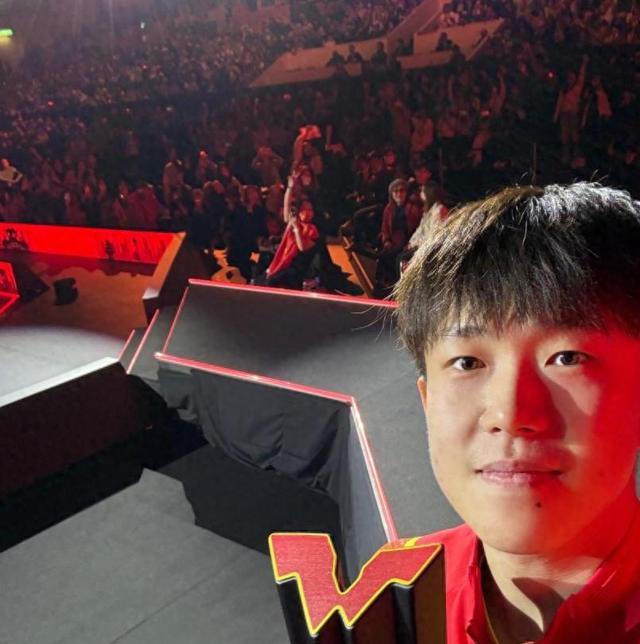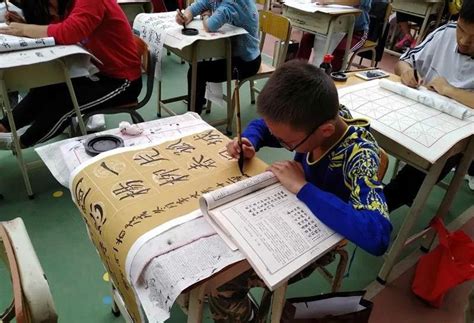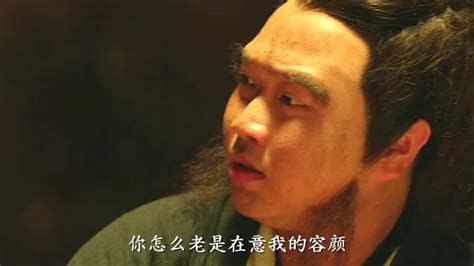中国文学特殊的艺术魅力
Characteristics of Chinese Literature and Art
Chinese literature and art boast several distinctive characteristics that have evolved over millennia. These characteristics reflect the rich cultural heritage and artistic traditions of China. Here are some key features:
1. Integration of Tradition and Innovation
Chinese literature and art exhibit a unique blend of tradition and innovation. Traditional Chinese culture, with its emphasis on Confucianism, Taoism, and Buddhism, has greatly influenced the themes and forms of Chinese literary and artistic works. At the same time, Chinese writers and artists have consistently demonstrated a willingness to experiment with new styles and techniques, resulting in the evolution of diverse artistic expressions.
2. Emphasis on Harmony and Balance
Harmony and balance are fundamental principles in Chinese literature and art. Whether in poetry, painting, calligraphy, or other forms of artistic expression, there is a strong emphasis on achieving a harmonious and balanced composition. This concept is deeply rooted in the traditional Chinese worldview and is reflected in the artistic portrayal of nature, human relationships, and the universe.
3. Symbolism and Allegory
Chinese literature and art often rely on symbolism and allegory to convey deeper meanings. This can be seen in classical Chinese poetry, where natural imagery is used to symbolize human emotions and experiences. Similarly, traditional Chinese painting and calligraphy employ symbolic brushstrokes and motifs to express philosophical ideas and moral principles.

4. Cultural Continuity
Chinese literature and art exhibit a remarkable continuity of themes and motifs across different historical periods. This continuity reflects the enduring influence of Chinese cultural and philosophical traditions on artistic creativity. Themes such as the beauty of nature, filial piety, loyalty, and the pursuit of wisdom have persisted throughout the history of Chinese literature and art.
5. Diversity in Form and Genre
Chinese literature and art encompass a wide range of forms and genres, including poetry, prose, drama, painting, calligraphy, and craftwork. Each of these forms has its own unique conventions and aesthetics, contributing to the rich tapestry of Chinese artistic expression. From the lyrical verses of Tang poetry to the intricate brushwork of landscape painting, Chinese artistic traditions offer a diverse array of artistic experiences.
6. Fusion of Text and Image
In traditional Chinese art, the boundaries between literature and visual art are often blurred. Calligraphy, for instance, is regarded as a visual art form as well as a literary pursuit. Chinese paintings may feature inscriptions of poems or prose, adding layers of meaning to the visual composition. This fusion of text and image reflects the interconnected nature of literary and artistic creation in Chinese culture.
In conclusion, the characteristics of Chinese literature and art are shaped by a deep reverence for tradition, a quest for innovative expression, and a profound connection to cultural values and philosophical insights. These characteristics continue to inspire and enrich the vibrant world of Chinese artistic creativity.
I hope you find this explanation helpful. If you would like to explore this topic further or have any other questions, feel free to ask!



